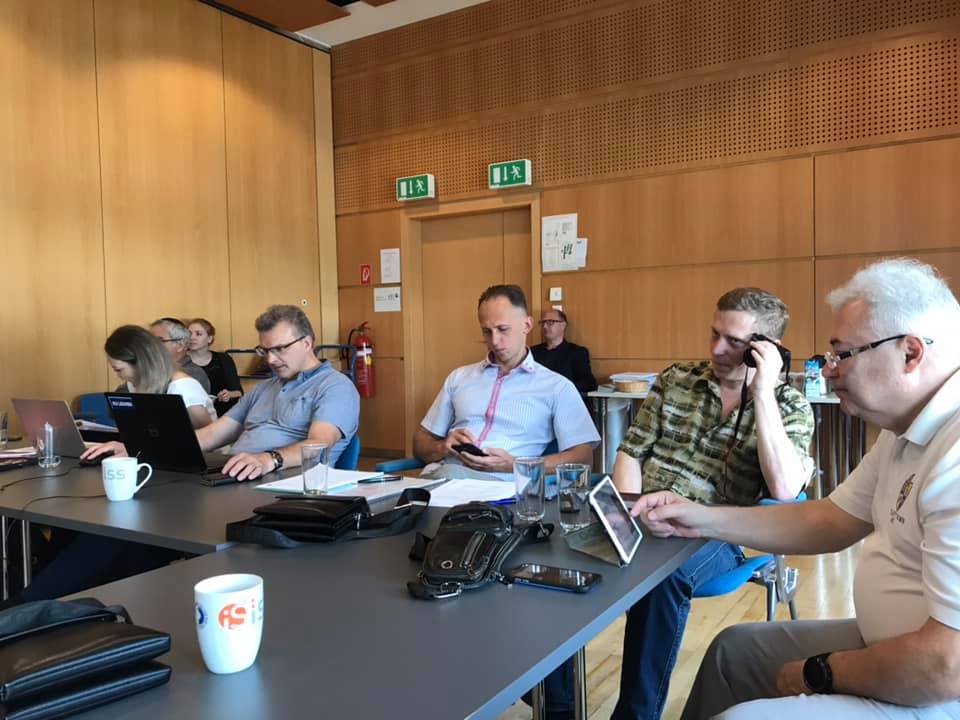[vc_section][vc_row][vc_column][vc_row_inner][vc_column_inner width=”1/4″][vc_single_image image=”2733″ img_size=”full” el_class=”.non-padding” css=”.vc_custom_1572442136367{margin-right: -15px !important;margin-left: -15px !important;}”][/vc_column_inner][vc_column_inner width=”1/2″][/vc_column_inner][vc_column_inner width=”1/4″][/vc_column_inner][/vc_row_inner][/vc_column][/vc_row][vc_row][vc_column width=”1/4″][vc_column_text css=”.vc_custom_1641489210224{margin-left: -15px !important;padding-top: 5px !important;}”] Syllabus
Moodle
Learning materials [/vc_column_text][/vc_column][vc_column width=”3/4″][vc_column_text]
Learning outcomes:
Lectures:
The first part of this course includes a general introduction to the structure and function of the musculoskeletal system: anatomy and physiology of musculoskeletal tissues and joints. It treats the bone structure and forces in joints. The second part of this course reveals more about how an engineer can use his knowledge about electromechanics in this musculoskeletal system. This part treats joint replacing prostheses and testing methods to assess the fixation of implants. In the exercise sessions (seminars), the course material will be illustrated. Selected topics will be covered
in more detail, according to the preference of the students. The students learn how to search for scientific articles and how scientific articles are structured.
Seminars:
A list of topics is provided to the students. Selected topics will be covered in more detail, according to the preference of the students. The content is based on recent journal publications.
[/vc_column_text][/vc_column][/vc_row][/vc_section]


